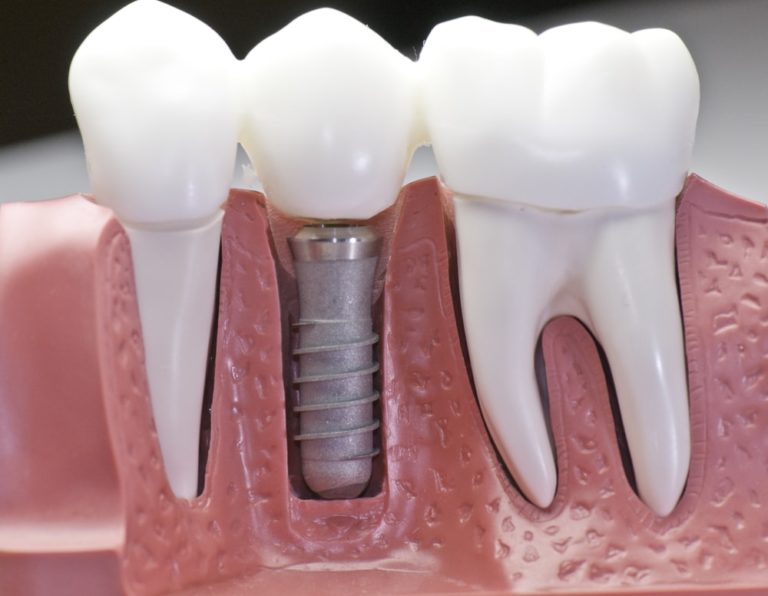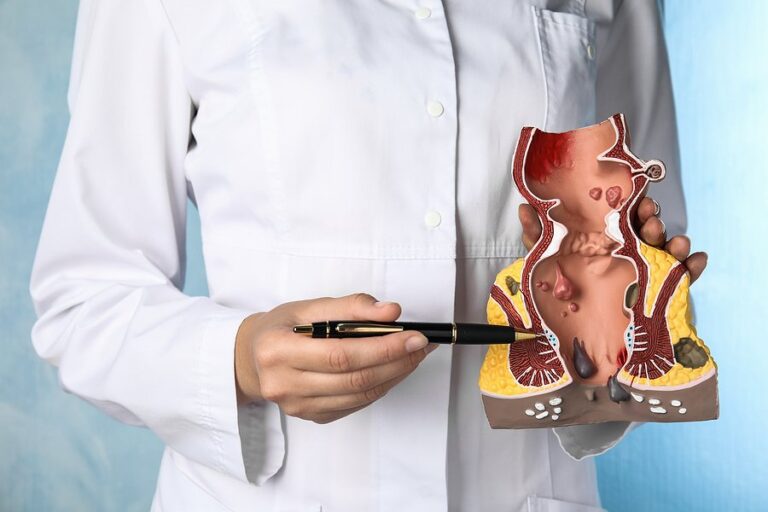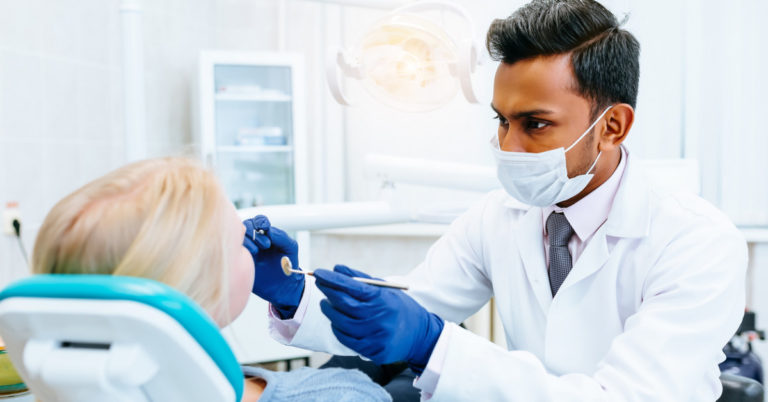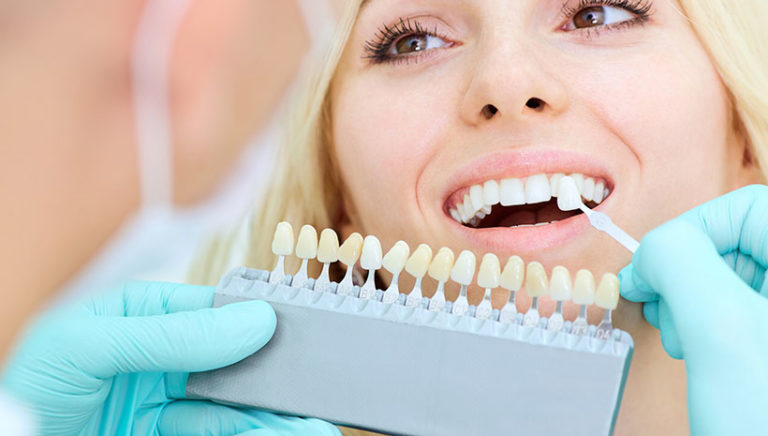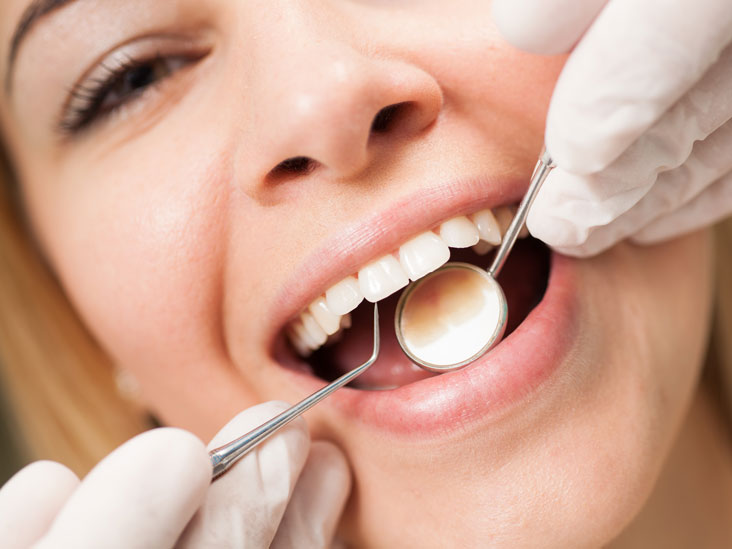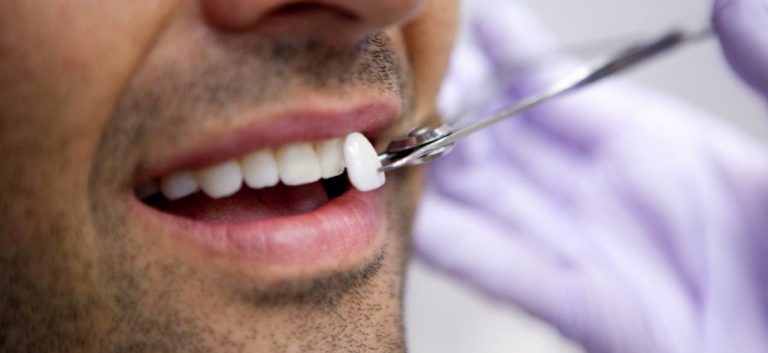It is a natural adaptive mechanism that allows us to be alert to compromised events. Indeed, a certain degree of anxiety provides an adequate component of precaution in especially dangerous situations. Moderate anxiety can help us stay focused and face the challenges ahead.
Sometimes, however, the anxiety response system is overwhelmed and malfunctions. More specifically, anxiety is disproportionate to the situation and sometimes occurs without obvious danger. For example, the subject feels paralysed with a feeling of helplessness, and, in general, there is a deterioration of psychosocial and physiological functioning. It is considered a disorder when anxiety occurs at inappropriate times or is so intense and long-lasting that it interferes with the person’s normal activities.
Anxiety disorders are a diverse group of conditions with a feeling of anxiety.
Incidence and prevalence
Anxiety disorders “affect 15-20% of the population at some point in life”. The phobic disorder stands out: around 7% of women and 4.3% of men suffer from specific phobias (to some animal, to an object, to the dark, etc.), while the so-called social phobias ( the ability of a person to relate pleasantly with others) are found in 13% of the population.
Generalised anxiety occurs in 3 to 5% of adults (at some point during the year). Women are twice as likely to have it.
Panic disorder is less common and is diagnosed in just under 1% of the population. Women are two to three times more likely.
Obsessive-compulsive disorder affects about 2.3% of adults and occurs with about the same frequency in women as in men.
Post-traumatic stress affects at least 1% of the population during their lives, although it has a higher incidence in people at higher risk, such as war veterans.
Causes
The causes of anxiety disorders are not completely clear, and many patients do not get to know each other. In other cases, it is possible to trace an origin or determine the elements that precipitate anxiety crises. These are some of the factors that can influence:
Genetic causes: Anxiety can be inherited from parents to children. Specifically, what is transmitted through the genes is the predisposition. However, it should be noted that much remains to be investigated to lay the foundations for the genetic mechanisms of anxiety disorders.
Circumstantial causes: In these cases, the feeling of anxiety can disappear when the problem ends or remain for months or years. This is what is known as post-traumatic stress disorder.
Drug use: Amphetamines, ecstasy or LSD are narcotic substances that can cause anxiety. For some people, caffeine or theine can also produce it.
Significant life experiences: without being traumatic, vital changes in the present such as a pregnancy or even alterations in the workplace (a dismissal, a promotion, etc.), can cause anxiety.
Symptoms
Anxiety manifests itself on an emotional and physical level. Therefore, it is important to recognise both manifestations and see a doctor as soon as they are detected. For example, a person with anxiety who experiences these symptoms may consider them signs of a serious illness and, consequently, worsen the illness.
Mental symptoms: Constant worry, tiredness, irritability, agitation, and trouble concentrating and falling asleep.
Physical symptoms: rapid heart rate, shortness of breath, excessive sweating, muscle tension, tremors, dizziness, fainting, indigestion, diarrhoea, and headache.
Prevention
Anxiety is a normal feeling of fear in threatening or difficult situations. According to the Spanish Society of Psychiatry, it is estimated that 1 in 10 people suffers from an episode of anxiety at some point in their life. Anxiety by itself is not bad, as it alerts us and motivates us to face dangers. It becomes a problem when episodes of anxiety are frequent and intense and appears for no apparent reason, limiting the person’s day-to-day life.
To prevent anxiety, it is important to adopt a healthy lifestyle and avoid using drugs and substances that cause it (caffeine, theine and drugs such as ecstasy, amphetamines or LSD).
Regular physical exercise, especially outdoors, helps clear your mind and relieve anxious feelings.
Similarly, relaxation techniques help combat the onset of crises. For example, they can be learned from professionals or self-taught through books and self-help audiovisual material.
types
Generalised anxiety disorder :
It is a chronic tension even when nothing seems to cause it. This worry or excessive nervousness is almost daily or lasts for at least six months.
Panic Disorder (Angry Attack) :
It is acute and extreme anxiety in which the person suffering from it often believes that they will die. Sometimes, patients suffering from this disorder develop anxiety about experiencing the next attack, whose occurrence they cannot foresee. It is called anticipatory anxiety.
Obsessive-compulsive disorder :
The patient cannot stop thinking or doing these involuntary thoughts or actions not to generate anxiety.
Post-traumatic stress disorder :
It occurs in those cases in which unpleasant psychological sequels occur after the impact of emotional trauma, war, rape, etc.
The reference book for diagnosing psychiatric illnesses, DSM-5, no longer classifies some of these ailments within anxiety disorders, such as obsessive-compulsive disorder. However, they are still cited when discussing anxiety because they are very closely related.

